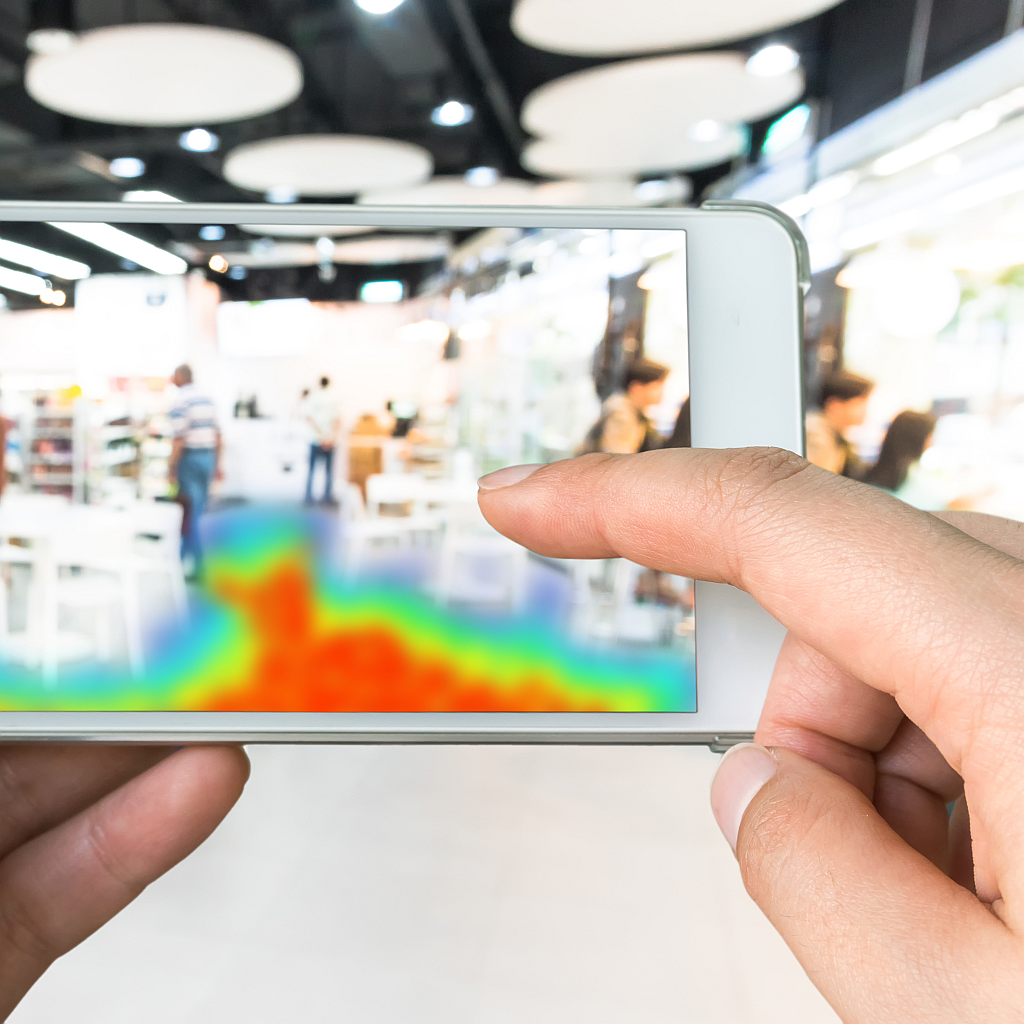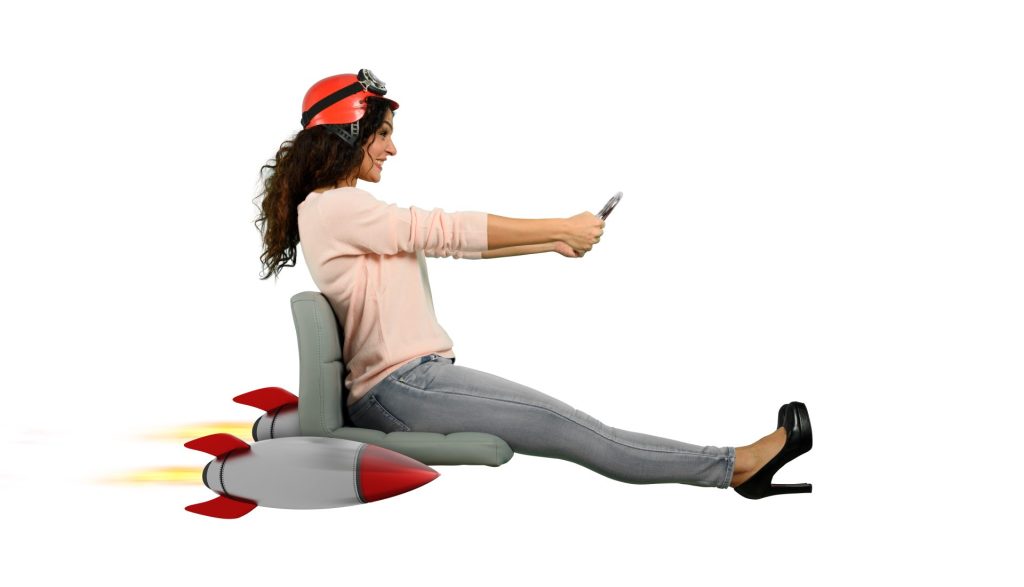Table of Contents
Retail, a dynamic and evolving industry, is experiencing significant transformations due to the rise of advanced technologies. Among the most influential are computer vision and deep learning, two areas of artificial intelligence that are setting the stage for a new era of retail automation. Computer vision enables machines to ‘see’ and interpret visual data, much like the human eye, while deep learning, a subset of machine learning, allows them to ‘learn’ from this data. These technologies are making strides in retail, enhancing customer experiences, streamlining operations, and shaping future trends.
Understanding Computer Vision and Deep Learning
To fully appreciate the implications of computer vision and deep learning technologies in the retail industry, it is crucial to comprehend their nature, how they function, and the principles that underlie their operation. Computer vision is an interdisciplinary scientific field that lies at the intersection of artificial intelligence (AI) and image processing. It endeavors to replicate the complexity of human vision in computers, enabling them to interpret, analyze, and understand the visual world in a manner akin to human understanding. In other words, it’s all about teaching machines how to ‘see’ and make sense of their environment. This is achieved by inputting digital images or videos into an AI system, which then analyzes these inputs, recognizing patterns, objects, and other details much like the human eye would. The process often involves several steps, starting with the acquisition of image data via cameras or other sensors. Next, this data undergoes pre-processing to enhance image quality, remove noise, and isolate objects of interest. The system then extracts features from these images — these might be shapes, textures, colors, or other visual attributes. Using these features, the AI system can perform a variety of tasks, from object detection and recognition to image segmentation and scene reconstruction.
Optimizing Store Layout and Design
The layout and design of a store play a crucial role in driving sales. Here, too, computer vision and deep learning can provide valuable insights. By analyzing customer foot traffic, product interactions, and shopping patterns, retailers can determine the most effective store layout. This data-driven approach to store design can help retailers strategically place products to increase visibility and sales. It can also enhance the shopping experience, making stores more navigable and shopper-friendly.
Footfall traffic counters have become an indispensable tool in the retail industry, serving as the cornerstone for calculating conversion rates and leveraging store traffic data. These systems use sensors and sophisticated technologies, including computer vision and machine learning, to accurately track the number of people entering and exiting a store. By comparing the footfall data — the number of potential customers — to the actual number of purchases made, retailers can calculate their conversion rate, providing a clear measure of store performance and efficiency. Beyond that, detailed store traffic data opens up possibilities for in-depth analysis and strategic planning. Retailers can identify peak shopping hours, measure the effects of marketing campaigns, optimize staffing levels, and even rearrange store layouts to improve customer engagement. The insights derived from footfall traffic counters enable retailers to make data-driven decisions, ultimately enhancing customer experience and driving sales. Similarly, shopper flow analytics is a sophisticated tool that helps retailers understand not just how many customers are entering their store, but also how they navigate within it. Using sensors, cameras, and advanced technologies such as computer vision and machine learning, shopper flow analytics capture the paths that customers take, the products they interact with, and the time they spend in different sections of the store. This technology can provide detailed heatmaps indicating high-traffic areas and points of interest, enabling retailers to identify hot spots and dead zones within their store layout. This knowledge can be used to strategically place products, optimize store layout for better traffic flow, or create more enticing product displays. Furthermore, by analyzing the shopper flow data over time, retailers can identify patterns, measure the impact of changes to store layout or displays, and make more informed decisions about product placements and store designs. As a result, shopper flow analytics is a powerful tool that can significantly enhance a retailer’s ability to provide a more engaging and satisfying shopping experience.
Revolutionizing Inventory Management
Inventory management, traditionally a laborious process prone to inaccuracies, is undergoing significant transformations thanks to computer vision and deep learning. These technologies can automate the process, reducing human error, saving time, and increasing efficiency. For example, a computer vision system can scan shelves, identify products, and assess their quantities with a high degree of accuracy. Combined with deep learning algorithms, this system can learn from past data to predict future inventory needs, informing restocking decisions and preventing overstock or shortage scenarios.
Enhancing Customer Experience
Retail success hinges on providing an exceptional customer experience. Here, computer vision and deep learning can play a pivotal role. By leveraging these technologies, retailers can offer personalized, interactive, and convenient shopping experiences, which are increasingly valued in the modern retail environment. A prime example is the use of AI for personal product recommendations. Computer vision can analyze customer interactions, purchases, and even facial expressions to understand their preferences and behaviors. Then, deep learning algorithms can use this data to predict future behaviors and make personalized product recommendations.
Improving Security and Loss Prevention
Retailers worldwide grapple with the challenge of security and loss prevention. Computer vision can significantly alleviate these concerns. Advanced surveillance systems equipped with computer vision can monitor stores in real-time, identifying suspicious behaviors or potential theft. Deep learning adds another layer to this, helping systems learn and improve over time. For instance, a deep learning algorithm can learn to identify recurring patterns in shoplifting incidents and notify security staff when similar situations arise. This proactive approach to security can help retailers minimize losses and maintain a safe shopping environment.
Challenges and the Road Ahead
While computer vision and deep learning offer significant benefits, their integration into retail is not without challenges. One such concern is data privacy. As these technologies often involve collecting and analyzing customer data, it’s crucial for retailers to prioritize privacy and adhere to data protection regulations. Furthermore, the implementation of these technologies requires substantial investment and infrastructural changes. Retailers must ensure they have the right resources and skills to effectively leverage these technologies. The future of retail, shaped by computer vision and deep learning, looks promising. As technology continues to advance, we can expect more innovative applications of these tools. We might see more ‘smart’ stores, like Amazon Go, where customers can shop without traditional checkouts.
Conclusion
The dawn of computer vision and deep learning in retail is creating a more efficient, personalized, and data-driven industry. By automating crucial aspects of retail operations and enhancing customer experiences, these technologies are changing the game for retailers worldwide. However, with this digital transformation, retailers must navigate new territories of data privacy and technology investment. By understanding and addressing these challenges, they can harness the power of AI, ushering in a new era of retail that marries technology with exceptional customer service.







